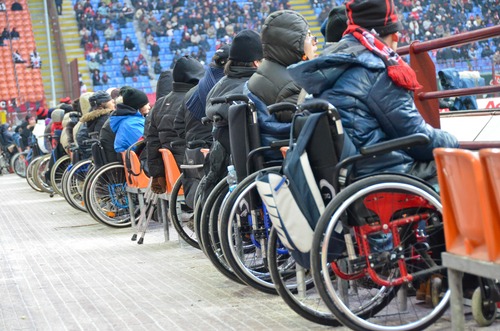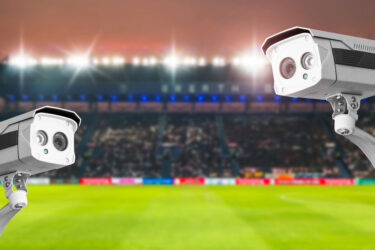ADA Accessibility in Audience Seating: Ensuring Inclusivity and Equal Access
Click here for more information about ADA Code
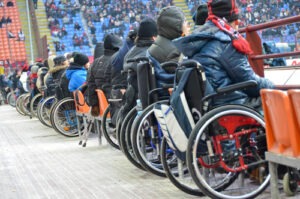 Inclusive design and accessibility are paramount when designing audience seating spaces. Americans with Disabilities Act (ADA) compliance is essential to ensure equal access for individuals with disabilities. We will discuss the significance of ADA accessibility in audience seating and discuss key considerations to ensure inclusivity and accommodate diverse needs.
Inclusive design and accessibility are paramount when designing audience seating spaces. Americans with Disabilities Act (ADA) compliance is essential to ensure equal access for individuals with disabilities. We will discuss the significance of ADA accessibility in audience seating and discuss key considerations to ensure inclusivity and accommodate diverse needs.
The Significance of ADA Accessibility: ADA accessibility in audience seating spaces is essential for the following reasons:
Equal Access:
- ADA guidelines aim to provide individuals with disabilities the same opportunities for access and participation as their non-disabled counterparts.
- Accessible seating ensures that people with disabilities can enjoy events, performances, and other audience-based experiences without facing unnecessary barriers.
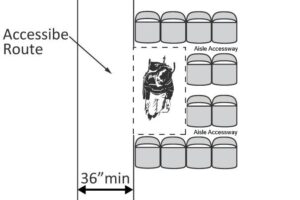
Mobility and Independence:
- ADA accessibility in seating areas allows individuals using mobility helpers like wheelchairs or walkers, to explore openly and independently.
- Accessible seating ensures that individuals can move safely within the seating space, access amenities, and reach emergency exits during an evacuation.
Inclusive Experience:
- Creating an inclusive seating environment promotes a sense of belonging and fosters a positive experience for all audience members.
- By providing accessible seating options, venues demonstrate a commitment to diversity, inclusion, and social responsibility.
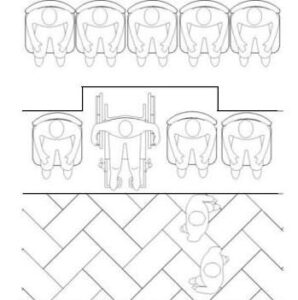
Key Considerations for ADA Accessibility
Several key considerations should be taken into account to ensure ADA accessibility in audience seating spaces:
Wheelchair Spaces:
- ADA guidelines specify the number and location of wheelchair spaces required based on the seating capacity.
- Wheelchair spaces should provide sufficient maneuvering space, be dispersed throughout the seating area, and offer good sightlines.
Companion Seating:
- Accommodating companion seating is important to facilitate social inclusion and allow individuals with disabilities to attend events with their friends or family members.
- ADA guidelines often require adjacent companion seats or designated areas for companions to sit near wheelchair spaces.
Accessible Routes:
- Accessible routes should be provided from entrances to accessible seating areas, restrooms, concessions, and other amenities.
- These routes should adhere to ADA guidelines regarding width, slope, handrails, and maneuvering clearances.
Clear Markings and Signage:
- Clear and visible markings should be present to identify accessible seating areas, wheelchair spaces, and companion seating.
- Signage should comply with ADA requirements, providing relevant information and directions for individuals with disabilities.

Training and Staff Awareness
To ensure effective ADA accessibility implementation, training staff members is crucial. Key aspects include:
Staff Awareness:
- Venue staff should be educated on ADA regulations, accessible seating procedures, and how to assist individuals with disabilities.
- Sensitivity training can enhance staff members’ understanding and empathy towards individuals with disabilities.
Customer Service:
- Providing exceptional customer service to individuals with disabilities fosters a positive experience.
- Staff should be knowledgeable about accessible seating options, assistive devices, and any specific accommodations available.
ADA accessibility in audience seating spaces is vital to ensure equal access, inclusivity, and a positive experience for individuals with disabilities. Compliance with ADA guidelines, including wheelchair spaces, companion seating, accessible routes, and clear signage, is essential. By prioritizing accessibility and creating welcoming environments, venues can contribute to a more inclusive society while providing enjoyable experiences for everyone, regardless of their abilities.



